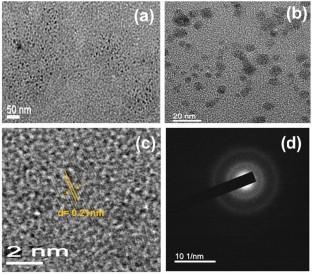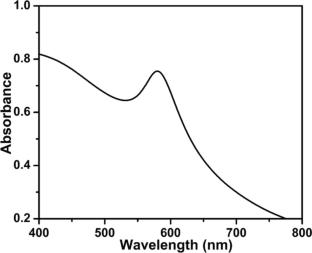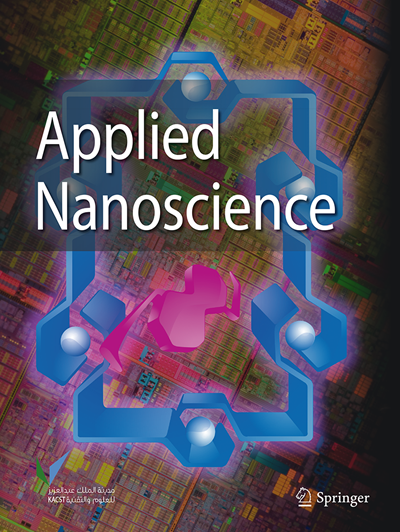Radiation-assisted synthesis of water soluble starch encapsulated copper nanoparticles and its applicability toward photocatalytic reduction of p-nitrophenol
Abstract
Copper nanoparticles (CuNPs) have drawn considerable interest because of recent evidences on greater Surface Enhanced Raman Spectroscopic (SERS) signal enhancing capability, high antibacterial activity and strong catalytic property with regard to the long existing popular silver and gold particles. The existing chemical synthesis methods usually require extensive purification to remove unreacted inorganic reducing agents, like sodium borohydride used to convert Cu2+ ions to Cu0 and it limits direct use of as-prepared materials in biologic systems. Here, we have endeavored to synthesize starch encapsulated CuNPs through radiation chemical approach which is considered to be one of the cleanest routes and involve in-situ generated hydrated electrons to reduce metal ions directly. Presence of large number of hydroxyl groups within starch molecules facilitates complexation of Cu(II) and thereby stabilizes CuNPs. Transmission electron microscopy (TEM) coupled with selected area electron diffraction (SAED) illustrate that particles synthesized at a typical dose of 83.6 kGy are spherical with size of ca. 8 nm having polycrystalline face-centered cubic phase. The observed blue shift of the absorption maximum suggests formation of smaller sized particles with increase in applied radiation dose keeping other parameters same and this is supported by dynamic light scattering (DLS) data. Further, catalytic efficiency of as-synthesized CuNPs was tested by monitoring sodium borohydride mediated catalytic reduction of para-nitrophenol to para-aminophenol and the apparent rate constant (kapp) was estimated as 3 × 10–3 s−1. Thus, as-synthesized CuNPs appears to be better catalyst than the copper nanoparticles synthesized through conventional method for having kapp of about 1.6 × 10–3 s−1.



 求助内容:
求助内容: 应助结果提醒方式:
应助结果提醒方式:


